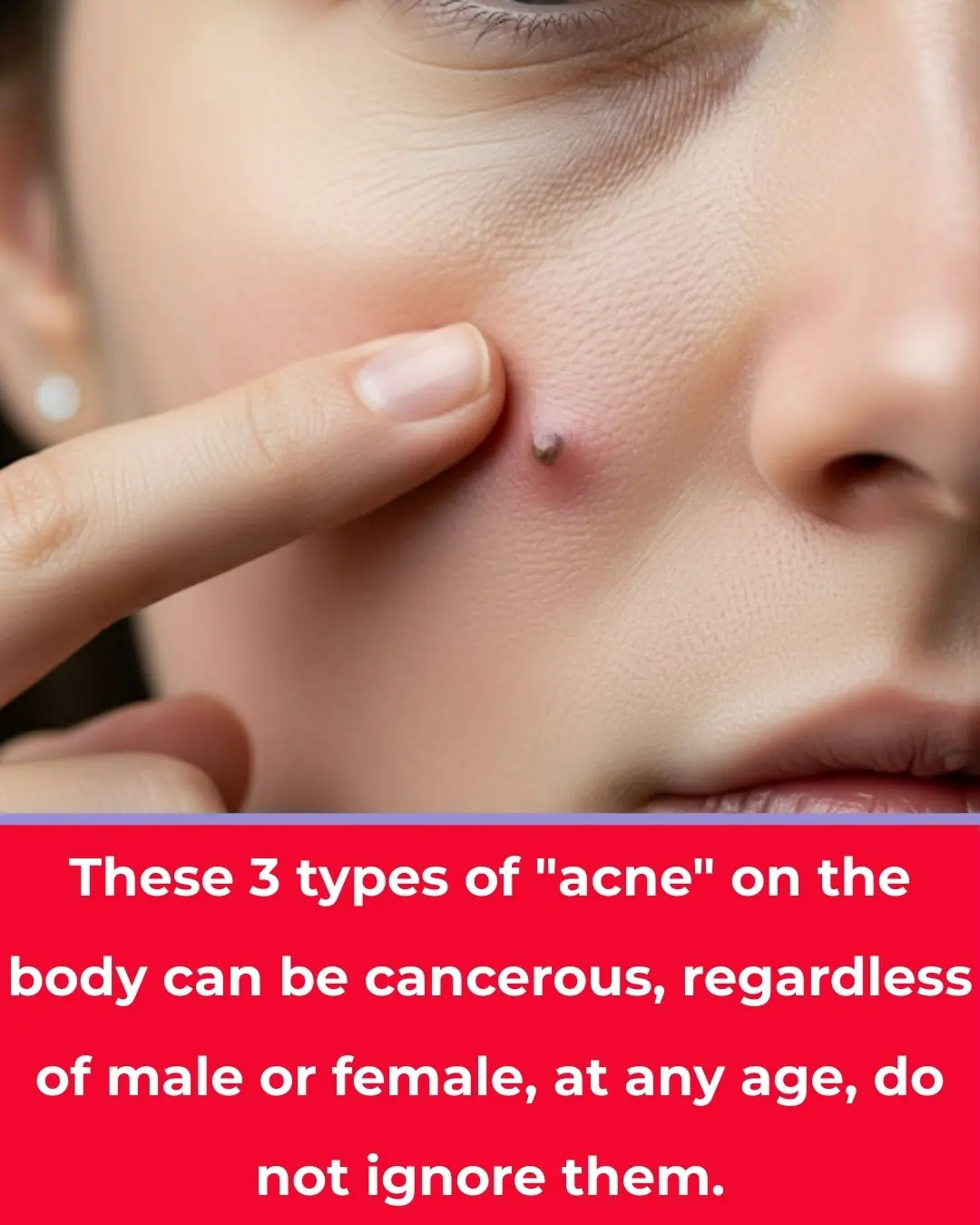
10 Early Warning Signs You're Being Exposed to Mold Toxicity
Mold is a common household issue that often goes unnoticed until it becomes a serious health threat. Found in damp, humid environments such as bathrooms, basements, or poorly ventilated areas, mold can silently release spores and mycotoxins into the air. When inhaled or ingested, these toxins can trigger a wide range of symptoms, sometimes mistaken for other illnesses. Alarmingly, millions of people around the world are exposed to mold toxicity daily without realizing it. Knowing the early warning signs can help prevent long-term health complications. Here are ten early symptoms to watch out for.
1. Persistent Fatigue
One of the most common signs of mold exposure is chronic fatigue. You may feel constantly tired, even after a full night's sleep. This happens because mold toxins can impair your mitochondria, the energy-producing parts of your cells.
2. Brain Fog and Memory Issues
If you find yourself struggling to focus, remember things, or think clearly, mold toxicity might be the culprit. The neurotoxic effects of mold can lead to cognitive dysfunction and slower processing speed.
3. Respiratory Problems
Mold exposure often causes respiratory symptoms such as coughing, wheezing, nasal congestion, and shortness of breath. For people with asthma, symptoms can worsen significantly.
4. Frequent Headaches or Migraines
Toxins from mold can lead to inflammation and pressure in the brain, causing recurring headaches or migraines that are difficult to manage with typical pain relievers.
5. Allergic Reactions
Sneezing, itchy eyes, skin rashes, and throat irritation are all potential allergic responses to mold spores. These symptoms may seem seasonal at first, but they persist indoors even when allergy season ends.
6. Unexplained Muscle and Joint Pain
Many people exposed to mold experience pain and stiffness in their muscles and joints, often without any visible injury. This is due to the inflammatory response the body initiates to fight off the toxins.
7. Sensitivity to Light and Noise
Heightened sensitivity to bright lights or loud sounds is another lesser-known sign of mold toxicity. This symptom often accompanies neurological disruption caused by mycotoxins.
8. Mood Swings and Anxiety
Mood disorders such as depression, irritability, or anxiety can be triggered or worsened by mold exposure. Mycotoxins can interfere with neurotransmitters like serotonin and dopamine, affecting your mental health.
9. Digestive Issues
Mold can disrupt gut health by killing beneficial bacteria and damaging the intestinal lining. This can result in symptoms such as bloating, constipation, diarrhea, or stomach cramps.
10. Unexplained Weight Gain or Loss
Exposure to mold may cause metabolic changes in the body, leading to difficulty maintaining a healthy weight. Some people gain weight rapidly, while others lose weight without trying.
What You Can Do
If you’re experiencing several of these symptoms without a clear cause, consider having your home or workplace tested for mold. Use air purifiers, dehumidifiers, and improve ventilation to reduce mold growth. In severe cases, professional mold remediation may be necessary.
Early detection is key. Don’t ignore the warning signs—your health may depend on it. By staying informed and proactive, you can protect yourself and your loved ones from the hidden dangers of mold toxicity.
News in the same category


🌅 Three Morning Symptoms That Could Be Early Warning Signs of Cancer

Woman shares ’embarrassing’ symptoms she regrets hiding from doctors as she’s diagnosed with incurable cancer

They say the eyes are the windows to the soul — but what about the mind’s eye?

Should You Eat Rice for Breakfast

Japan has a Lower Rate of Breast Cancer than the U.S. – This Nutrient Makes the Difference
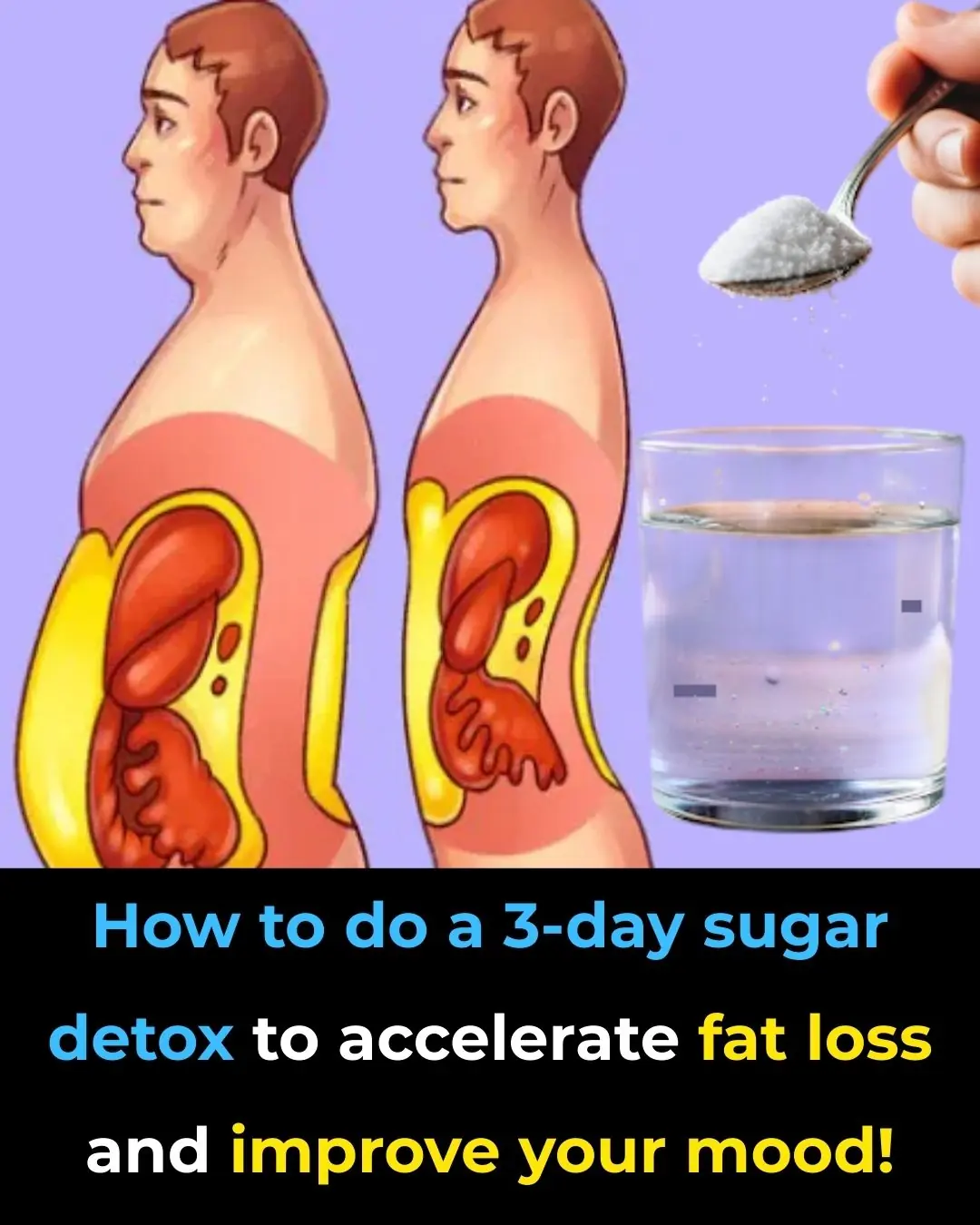
How To Do a 3-Day Sugar Detox to ACCELERATE Fat Loss And Improve Your Mood!
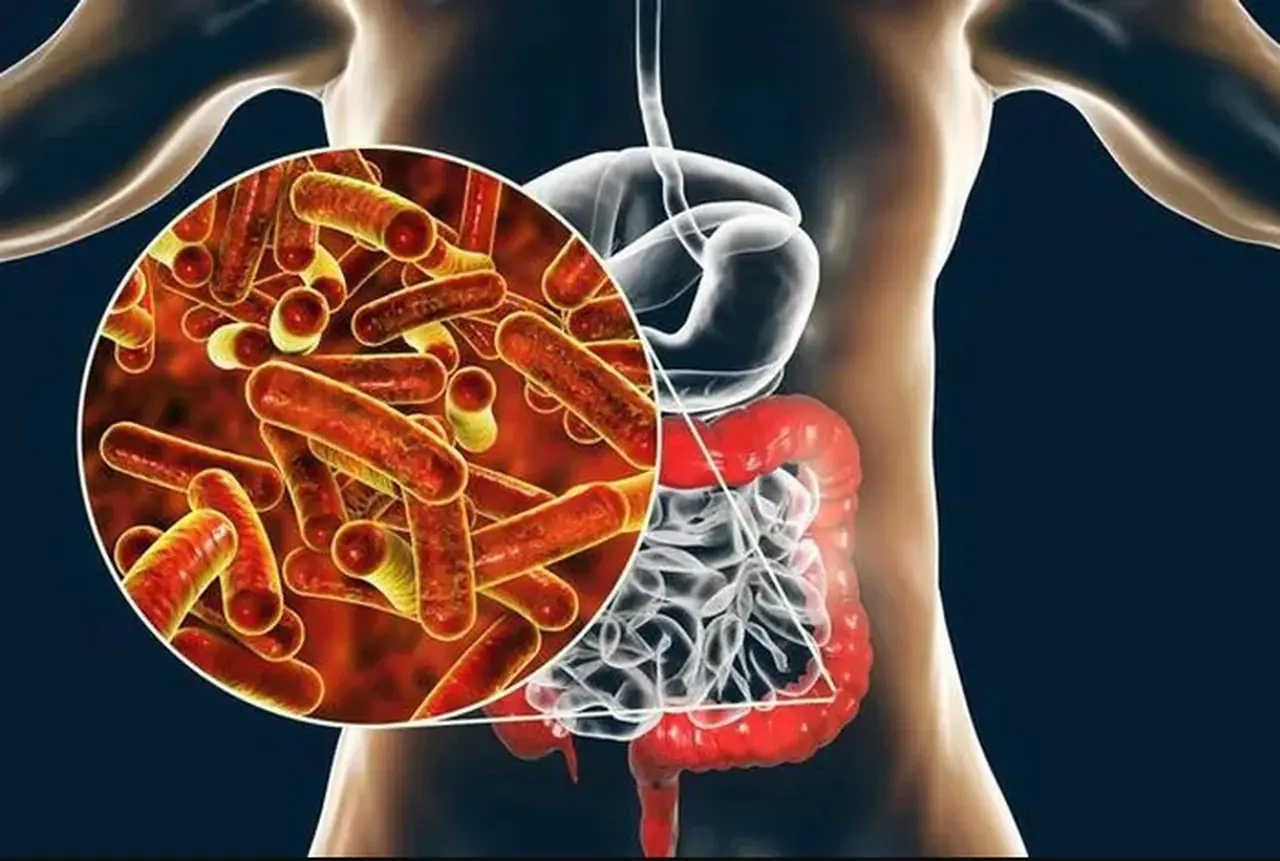
The Ten Foods You Should Start Eating Now to Cleanse Your Colon

Stop Doing These Habits and Prevent 80% of Heart Attacks

3 Early Morning Symptoms That Could Signal Cancer
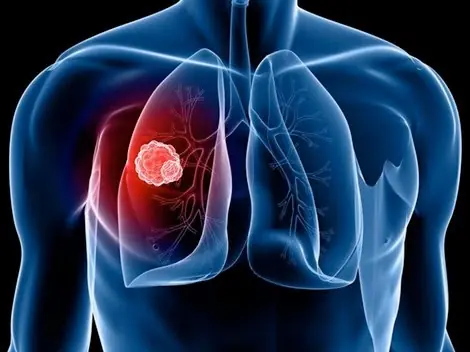
If You Notice These 7 Symptoms, Get Checked for Lung Cancer Immediately

How to Eat Boiled Eggs to Get More Calcium Than Milk

A Man Dies After Eating Leftovers: 5 Foods You Should Never Eat as Leftovers
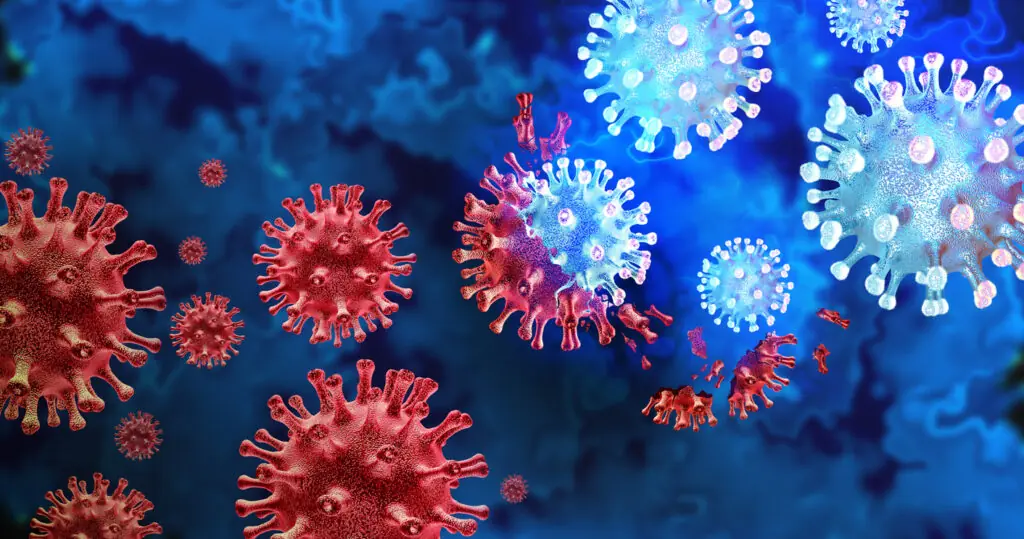
10 Warning Signs of an Autoimmune Disease and How to Reverse It

Top Signs of Iron Deficiency and How To Increase Iron Levels In Your Blood

How to Get Rid of Worms in Humans (Including Parasite Cleanse Diet)

Why You Might Be Waking Up With a Dry Mouth
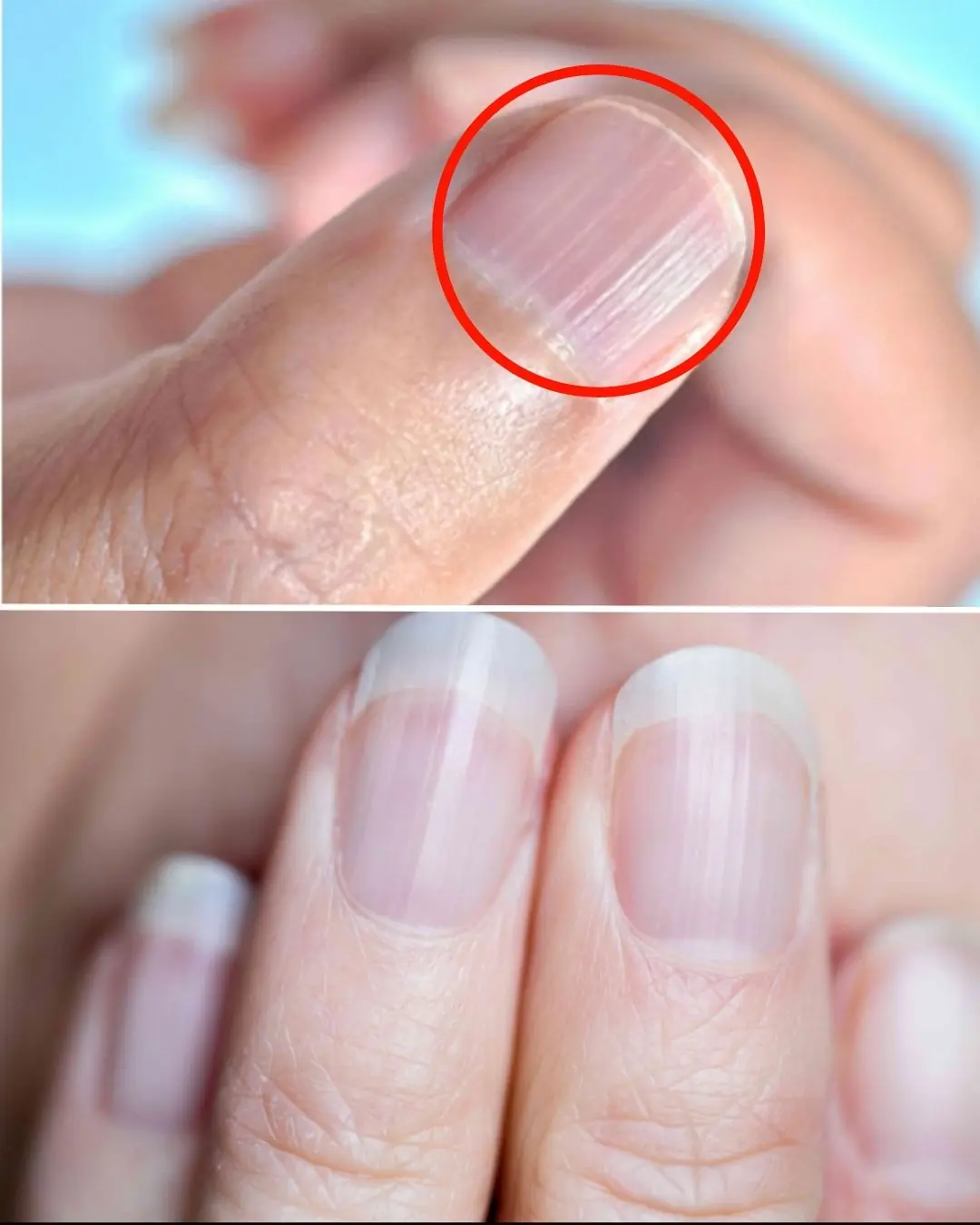
What Do Vertical Nail Ridges Mean After 40

Could OTC Remedies Really Work for Depression?
News Post

Seniors: Take This for 5 Nights and See What Comes Out in Your Stool!

Clove benefits for Skin – Clove Oil, Clove Gel & Clove ice cubes

The Surprising Benefits of Overnight Tea: A Wasteful Habit You Might Not Know About

How to Clean Limescale Off Your Faucet in Just 25 Seconds with a Simple Trick

How to Clean Your Air Conditioner Easily in Just 15 Minutes — No Technician Needed, Even Women Can Do It Effortlessly

How to Keep Your Non-Stick Pan as Good as New for 3 Years: Simple Tips and Tricks

Using Electric Kettles to Boil Water: 9 Out of 10 Households Make This Mistake — Remind Your Loved Ones to Fix It Early

These 3 types of “acne” on the body could be cancerous; whether male or female, no matter the age, don’t ignore them.

Why Some People Can’t Handle Spicy Food

The hidden meaning of thumb rings: what they represent for women vs. men

The Small Hole on the Sink: A Feature You Never Knew You Needed

🌅 Three Morning Symptoms That Could Be Early Warning Signs of Cancer

Woman shares ’embarrassing’ symptoms she regrets hiding from doctors as she’s diagnosed with incurable cancer

Concerned Woman: Beware of Abandoned Prams on Roadsides!
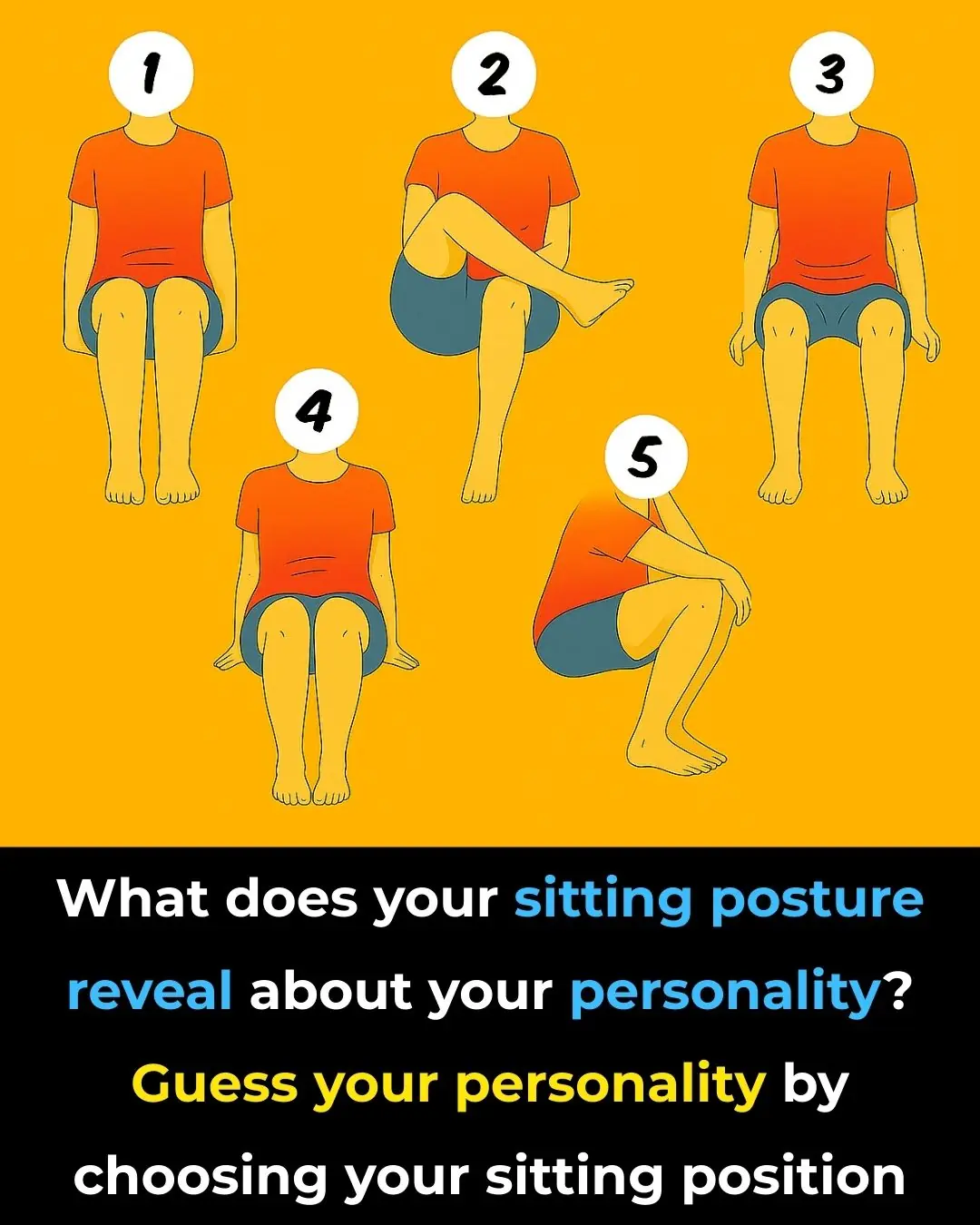
Your Character According to Your Sitting Style

They say the eyes are the windows to the soul — but what about the mind’s eye?

Should You Eat Rice for Breakfast

Japan has a Lower Rate of Breast Cancer than the U.S. – This Nutrient Makes the Difference

How To Do a 3-Day Sugar Detox to ACCELERATE Fat Loss And Improve Your Mood!
